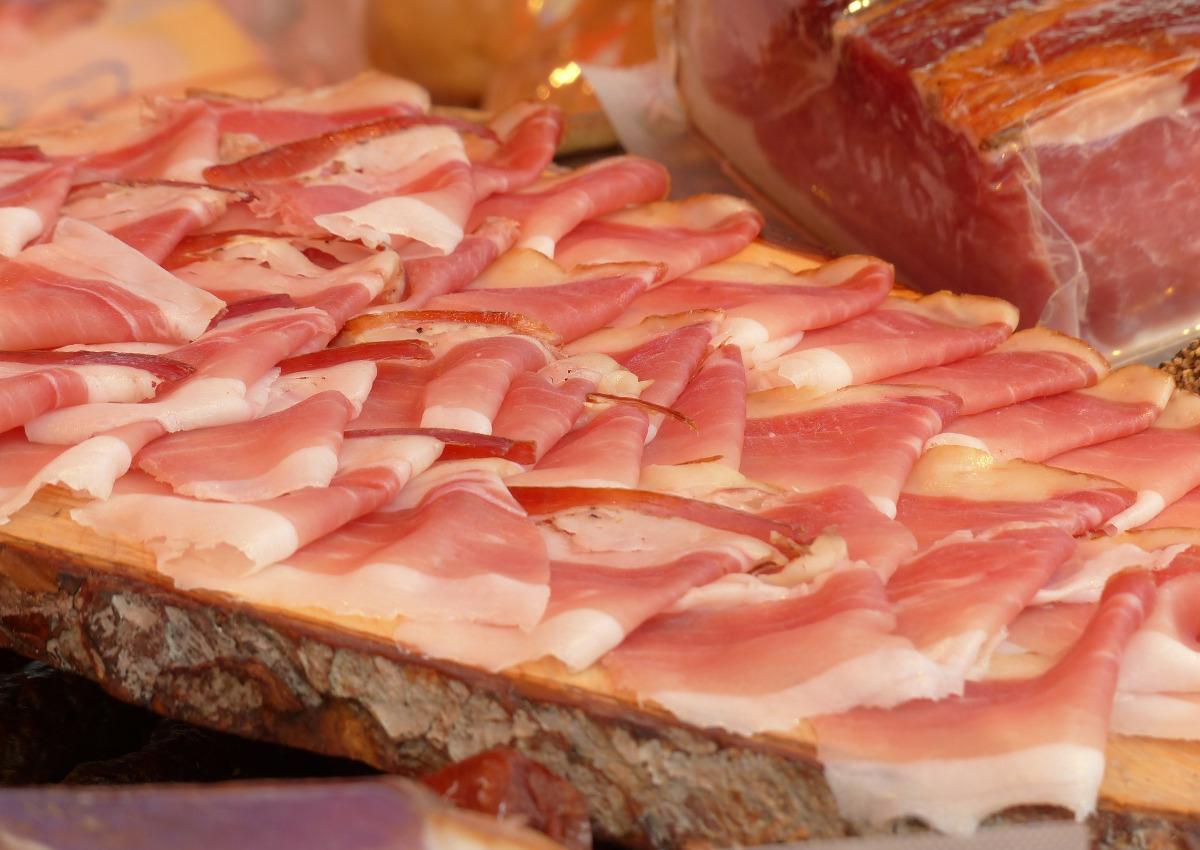The consequences of the war in Ukraine on the Italian cold cuts sector are indirect, and, for now not such as to compromise exports. The main problem is “the foreseeable further increase in the cost of gas,” says Davide Calderone, Director of Assica (the Italian Association of Meat and Cured Meat Industries). “Consequently, the prices of all secondary goods other than raw materials used in our production are set to rise: electricity, diesel, plastic, paper and cardboard, wood, transport. The impact is linked to the increase in the cost of raw materials for the production of animal feed, which will inevitably trigger an increase in the price of pigs and, as a cascade, that of the various cuts of meat and cured meats”.
Discover here the authentic Italian deli meats on the Italianfood.net platform
For the Italian cold cuts sector, the direct damage linked to exports alone should be much more limited. “Since 2014 – Calderone recalls – the Russian market has progressively become inaccessible for cured meats and pork meat. In January 2014 there was in fact a partial closure, due to the outbreaks of veterinary diseases in Eastern Europe, which affected fresh and frozen meats and some meat products. Then in August 2014, the embargo was triggered in response to EU sanctions with the closure to the remaining products. With the exception of cooked hams and other cooked products”.
EXPORTS TO RUSSIA
Therefore, exports to Russia were already limited. “In the first 11 months of 2021 – says Calderone – our exports to the Russian Federation involved only 119 tons, worth 816 thousand euros. Before the embargo imposed in 2014, we were exporting about 55 million euros”.
UKRAINE AND BELARUS MARKETS
“As for Ukraine – Calderone continues – our exports were 507 tons, for a value of 3.4 million euros, in the period January – November 2021. Exports to Belarus, however, amounted to 119 tons for 1.2 million euros. If shipments to all these three countries were to cease, the total damage would amount to just under 6 million euros per year. A very contained value in comparison to the strong increases of the energetic bills”.

